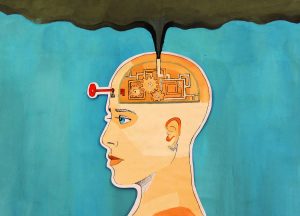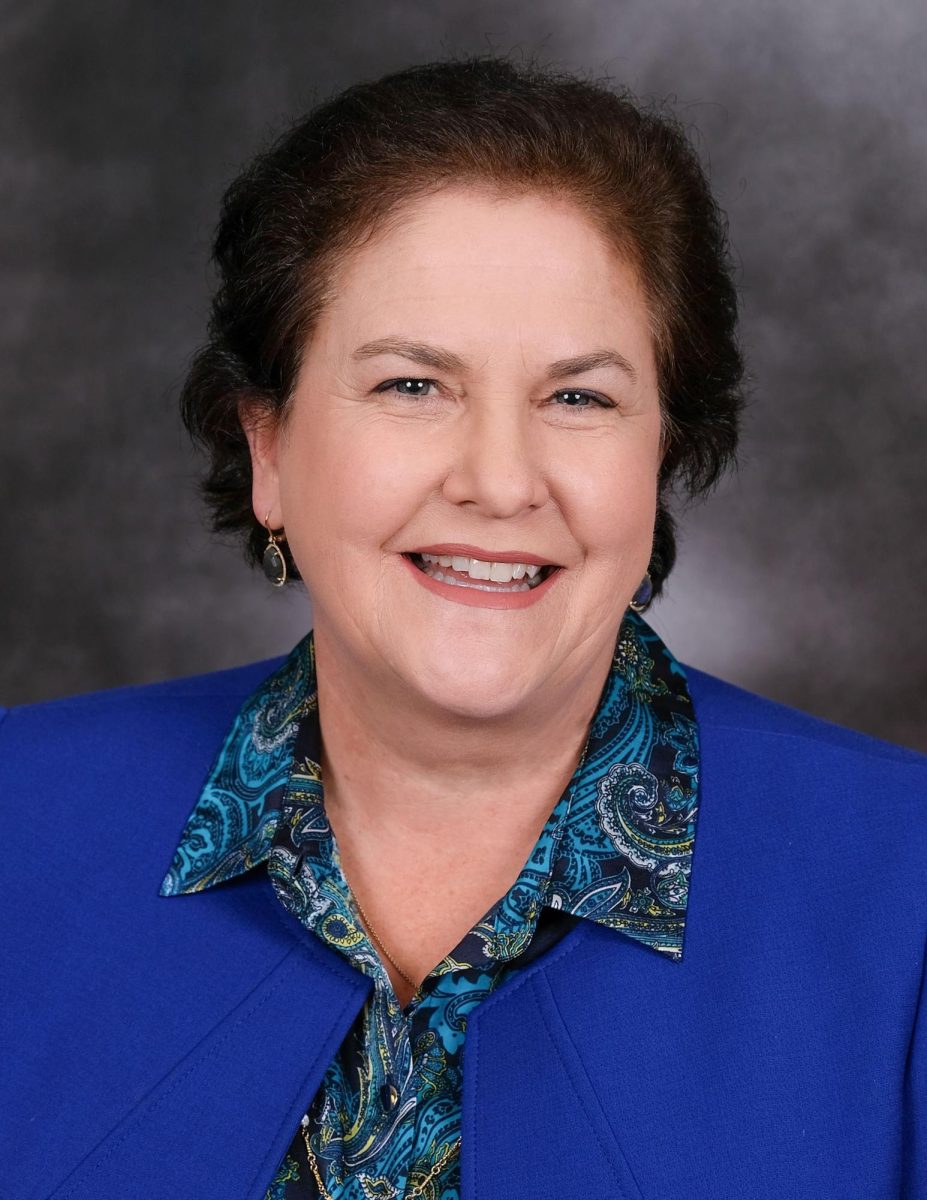Everyone has bad days from time to time. Some students, however, suffer from what seems like a never-ending bad day – a feeling of hopelessness or extreme sadness commonly referred to as depression.
“Alison,” an anonymous sophomore who has been suffering from depression for almost two years, said living with depression is a daily struggle.

“I feel alone even when I’m in a big group of friends who really care for me. It almost feels like there’s no hope when I’m in the moment of just having a bad day or a bad week,” Alison said.
Approximately one in four Redwood students have indicated symptoms of depression, according to the recently released 2011-12 California Healthy Kids Survey.
The CHKS screens for symptoms of depression by asking students, “During the past 12 months, did you ever feel so sad or hopeless almost every day for two weeks or more that you stopped doing some usual activities?”
Prevalence of sad or hopeless feelings for two weeks at a time is one of the most common signs of depression, according to Mill Valley psychotherapist Jessica Reid Tsukahara.
Although the number of Redwood students who indicated signs of depression is a significant percentage of the student body, California averages are slightly higher.
Compared to 26 percent of Redwood freshmen who indicated symptoms of depression, freshmen statewide reported a four percent higher rate of depression symptoms. Juniors statewide also reported an eight percent higher rate than the 24 percent of Redwood juniors who indicated symptoms of depression, according to the CHKS.
High school students across the country reported only slightly higher rates of depression symptoms to Redwood students when asked the same question by the 2011 High School Youth Risk Behavior Survey (YRBS), a survey similar to the CHKS given to high school students across the country.
Although this data indicates that depression levels at Redwood may be lower than the average across the state and nation, Redwood’s survey data also indicates a slightly greater percentage of students with symptoms of depression than at Tam or Drake.
Tsukahara, who was also once a counseling intern at Redwood, said the depression rates at Redwood may stem from the fact that it is a high-pressure school and that some students may see success as the only way to be happy.
“If the only way you can value yourself is externally through success, then that can be a problem,” Tsukahara said. “If you feel like you’re in control of yourself internally, then you’ll be healthier, more well-grounded.”
“Alison,” a sophomore who has been suffering from depression for almost two years, said she believes a community’s expectations for high school students can contribute to teenage depression.
“I think that society’s standards of what’s okay kind of put people under this pressure to make it seem like they’re fine even if they’re not,” said Alison, who asked to remain anonymous. “It makes it harder for people to really get help when they need it.”










